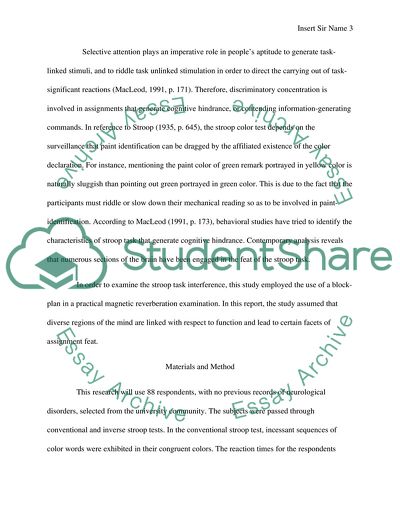Cite this document
(Potentials To Stroop Stimuli Research Paper Example | Topics and Well Written Essays - 1500 words, n.d.)
Potentials To Stroop Stimuli Research Paper Example | Topics and Well Written Essays - 1500 words. Retrieved from https://studentshare.org/science/1790270-research-study
Potentials To Stroop Stimuli Research Paper Example | Topics and Well Written Essays - 1500 words. Retrieved from https://studentshare.org/science/1790270-research-study
(Potentials To Stroop Stimuli Research Paper Example | Topics and Well Written Essays - 1500 Words)
Potentials To Stroop Stimuli Research Paper Example | Topics and Well Written Essays - 1500 Words. https://studentshare.org/science/1790270-research-study.
Potentials To Stroop Stimuli Research Paper Example | Topics and Well Written Essays - 1500 Words. https://studentshare.org/science/1790270-research-study.
“Potentials To Stroop Stimuli Research Paper Example | Topics and Well Written Essays - 1500 Words”, n.d. https://studentshare.org/science/1790270-research-study.


